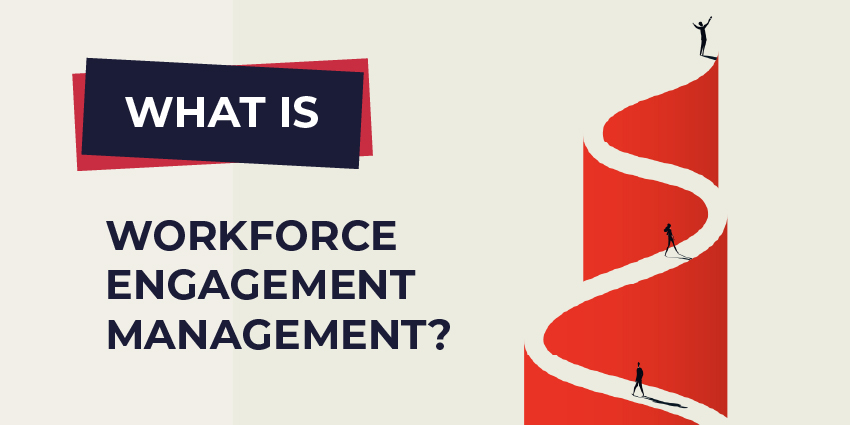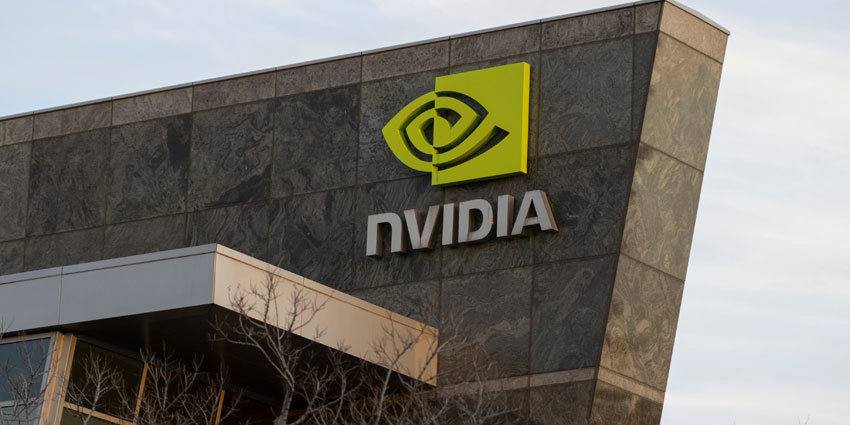The explosion of channels for customer interactions with a brand, or even just about a brand has made the life of many a contact centre professional more complex. Today’s customer may email, chat via the web, text message, video chat, or converse over numerous social channels. Customers have become exposed to rapid responses from new and innovative service providers and have come to project these expectations onto all other companies they encounter.
As these channels have exploded, so have the approaches to try and facilitate and manage the experience the customer receives as they utilise these various channels in their purchase or support journeys. Net Promoter Scoring, Customer Journey Mapping, Customer Effort Scoring are just some of the attempts to help companies identify, manage and improve the experiences they deliver to their clients and prospects across channels and over time. It has been this desire to manage the customer experience that has driven the omni-channel programs. Within the digital transformation projects taking place, companies are realising that to manage the customer experience across the journeys, the channel must be aware of each other and share context from one to another. Omni-channel context sharing becomes more critical with the increasing use of self-service channels. Why is that? Well, customers may have to escalate an interaction from self to assisted service, and having the context stay with the interaction can help the agent more quickly understand what is being requested, what has been attempted so far and allows the agent to more quickly provide the correct response.
So, if context across channels and along the customer journey are so helpful, what other topics are emerging in the Customer Experience (CX) area to supercharge improvement? One of the most exciting is the re-emergence of Workforce Optimisation or WFO. Long a key component of very large or highly regulated contact centres, with the advent of cloud computing, more and more organisations are realising the benefits and potential ROI of WFO capabilities.
The combination of quality management and workforce management into a Workforce Optimisation solution provides:
- Capture of customer interactions (both voice and non-voice)
- Knowledge-mining of call content
- Real-time speech analytics with escalation capabilities
- Integrated performance management along with coaching and eLearning
- Desktop analytics for regulatory compliance
- Streamlined workforce forecasting & scheduling
By having a combined contact centre and WFO capability on a single platform can deliver significant value to the business across several different areas. Let’s explore the top 5 areas where a combined CCaaS and WFO strategy can have the most impact.
1 – Improve Customer Experience
Success in the contact centre as well as the overall business is measured and determined by the customer’s satisfaction levels. Higher satisfaction translates into higher spending frequency, lower propensity to churn and improved share of wallet. Having an integrated Contact Centre and WFO solution can deliver valuable insights into customer responses to automated, and agent assisted services allowing for process changes, agent training and real-time feedback to positively impact the customer’s experience.
2 – Drive Business Growth
Enable best practice operations, foster efficiency, effectiveness, profitability and success. Mining recorded interactions uncovers intelligence for competitive advantage and better ways to meet customer needs. Develop the best strategies and learn the most effective language to win more business or more quickly service customers. Satisfied customers drive sustained success.
3 – Mitigate Risks & Ensure Compliance
Recording customer interactions with WFO call recording software supports legal defense, mitigates liability risk, and satisfies policy/regulation compliance requirements for PCI-DSS, HIPAA, Sarbanes-Oxley, FIPS, and other regulatory requirements. Make sure the WFO solution provides the industry’s strongest encryption for both audio and screen recordings and effortlessly enables automatic pause and resume when sensitive data is conveyed. Agents only have access to content for which they are authorised through remarkably granular permissions based access.
4 – Accelerate Performance
Call recording, screen capture, and quality monitoring provide a clear view of customer interactions. Adherence to best practices ensures regulatory compliance. Analytics uncover insights and bottlenecks to streamline work so staff can respond quicker and most appropriately. All of these approaches can accelerate adoption and reduce the time-to-benefit, and continues to deliver performance improvements even as your organisation grows and changes.
5 – Elevate Employee Satisfaction
WFO software optimises staffing schedules so skilled agents are ready for customer questions and prepared to resolve issues quickly. Empowering and motivating employees with self-service schedule requests and gamification features to reward performance improves overall morale, reduces staff churn, and lowers costs. Providing fair and accurate agent evaluations, easy to consume, on-demand training and supervisor intervention with disruptive or abusive customers show agents that the company values them and wants to retain and improve their skills and abilities. Having satisfied, engaged and happy agents form the basis or foundation for all of the benefits derived by the company.
Forward looking companies focused on improving the customer experience realise that the most important “key” to unlocking happy customers is happier employees. Placing a focus on the capabilities of workforce optimisation as a fundamental aspect in an overall customer experience or digital transformation effort can deliver significant benefits to the employees, the customers and the business. Happier employees can deliver improved service in just their tone (“It’s not what you said, it’s how you said it”), happier employees want to stay with their employer and will recommend the right kinds of other people, like them, to come work for the company, happier employees will go above and beyond to take care of customers even when it’s not directly their responsibility. Investing in WFO and in employees pays off in many ways, some directly operational while externally, the impact to CX or Customer Experience is becoming more highly recognised. As you lay out your CX or digital transformation (DX) strategies, be sure to consider your most valuable resource, your agents. Happier agents will translate into improved customer experiences, higher retention rates (for both customers and agents), higher compliance levels along with accelerated performance and business growth.
 Guest blog by Matt Despain, VP of Product Management at Serenova
Guest blog by Matt Despain, VP of Product Management at Serenova
Matt oversees the company’s CCaaS product lines and sets product vision and direction.
With more than 12 years of product management and leadership experience in the space, Matt brings a strong perspective on industry technology and its users. His background includes five years at a leading CCaaS vendor and three years in the business process outsourcing space at Concentrix.
Matt strive to create innovative customer experience solutions. He launched numerous cloud-based products and services in previous roles. With a long history of building and leading product and cross-functional teams, he knows how to bring complex technologies to the contact centre market. Matt holds a B.S. degree from the University of Utah and MBA from the University of Tulsa.







